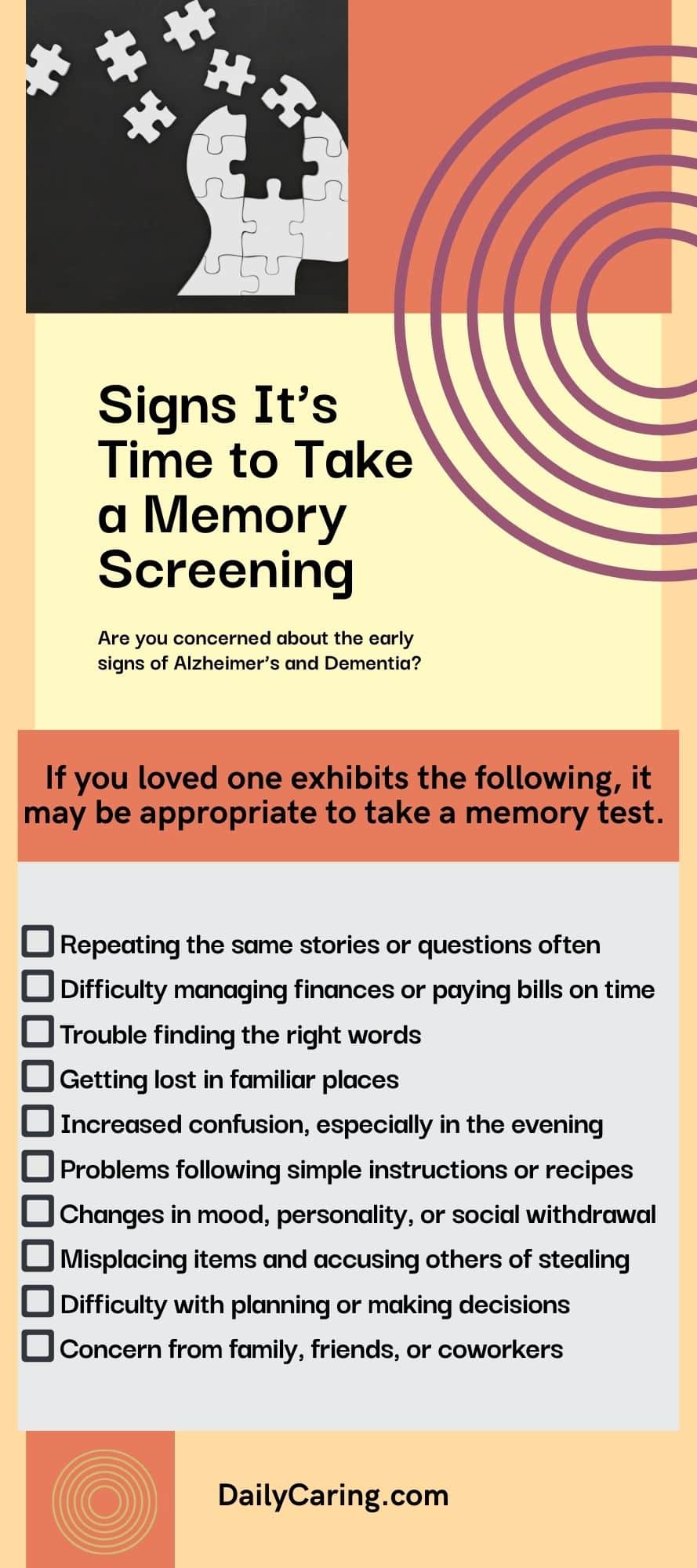
Revolutionizing Alzheimer’s Detection: New Economical Blood Test from USC Identifies Disease Years Before Symptoms Manifest
Researchers at the Keck School of Medicine, University of Southern California (USC), have achieved a significant breakthrough in the timely identification of Alzheimer’s disease. By utilizing affordable, widely accessible diagnostic tools, the team has created a novel blood test called 5ADCSI (Penta-Plex Alzheimer’s Disease Capture Sandwich Immunoassay). This pioneering test can concurrently identify five essential biomarkers of Alzheimer’s—providing a potent mechanism for screening individuals well in advance of clinical manifestations.
Alzheimer’s disease, a progressive neurodegenerative condition, usually develops over several years before evident symptoms like memory loss or confusion arise. Existing diagnostic methods are either invasive, such as lumbar punctures to extract cerebrospinal fluid, or costly neuroimaging techniques, which restrict their application in regular screenings. The 5ADCSI test has the potential to transform Alzheimer’s from a condition diagnosed at advanced stages to one identified early—and perhaps managed more successfully.
How the 5ADCSI Test Functions: Capturing Various Indicators of Disease
The core benefit of the 5ADCSI test is its capacity to identify five biomarkers simultaneously, significantly surpassing the current commercial blood testing capabilities. These five include:
– Amyloid beta 40 (Aβ40)
– Amyloid beta 42 (Aβ42)
– Phosphorylated tau (p-Tau)
– Neurofilament light chain (NfL)
– Glial fibrillary acidic protein (GFAP)
These proteins are recognized markers of Alzheimer’s disease, as they begin to accumulate in the brain—and subsequently appear in the bloodstream—years prior to cognitive symptoms manifesting.
The test employs xMAP® technology, a prevalent laboratory platform from Luminex Corporation. This system utilizes tiny, color-coded beads coated with antibodies that specifically attach to the targeted biomarkers present in a patient’s blood sample. The attached proteins are then identified and quantified using advanced imaging systems, delivering precise diagnostic insights at a fraction of the cost of conventional tests.
An Economical and Scalable Solution
Dr. Ebrahim Zandi, the principal investigator and associate professor of molecular microbiology and immunology at the Keck School, highlighted a significant benefit of the test: it is cost-effective and easily scalable.
“The primary advantage is that our test is very affordable compared to other existing technologies, and it’s relatively straightforward to implement since numerous laboratories in universities, hospitals, and clinics are already equipped with this technology,” noted Zandi.
Consequently, this test does not necessitate new infrastructure or costly equipment—making it a practical option for clinics worldwide, from major research hospitals in the U.S. to resource-limited settings internationally.
Confirming the Test: Encouraging Initial Findings
To evaluate its efficacy, the Keck research team analyzed blood samples from 63 individuals, categorized into:
– 11 patients with confirmed Alzheimer’s disease
– 17 individuals diagnosed with mild cognitive impairment (MCI), commonly viewed as a precursor to Alzheimer’s
– 35 cognitively healthy subjects
As expected, the test revealed the highest concentrations of the five biomarkers in Alzheimer’s patients, intermediate levels in the MCI group, and the lowest levels in healthy individuals—illustrating the test’s potential for early and precise detection.
To further substantiate their results, the researchers compared blood test outcomes with those from traditional cerebrospinal fluid (CSF) samples. The moderate to strong correlations bolstered credibility, suggesting that the blood test could function as a reliable—and considerably less invasive—alternative.
A Move Toward Regular Cognitive Screenings
The promise of 5ADCSI lies in its potential to be integrated into standard healthcare practices. Dr. Christopher Beam, associate professor of psychology at USC Dornsife, initially partnered with Zandi’s lab to investigate Alzheimer’s biomarkers for aging and dementia studies. The 5ADCSI test emerged from a practical necessity—to enhance biomarker detection access for extensive studies, and ultimately, for public health applications.
The long-term goal includes combining this blood test with genetic screening, particularly for known Alzheimer’s risk factors like the APOE4 gene, to create personalized brain health risk profiles. These thorough evaluations could identify high-risk individuals well before any signs of cognitive deterioration appear, enabling physicians to suggest preventive measures that encompass medications, increased physical activity, and brain-healthy lifestyle adjustments.
Democratizing Alzheimer’s Diagnosis
Worldwide, the incidence of Alzheimer’s and other dementias is expected to surge dramatically in the coming decades, with an estimated 150 million people affected by 2050. A significant part of the challenge arises from delayed or missed diagnoses due to limited access to advanced diagnostic methods. The affordability and scalability of the 5ADCSI test could equalize the landscape, providing a much-needed resource for both high-income and resource-constrained healthcare systems alike.
Zandi’s team